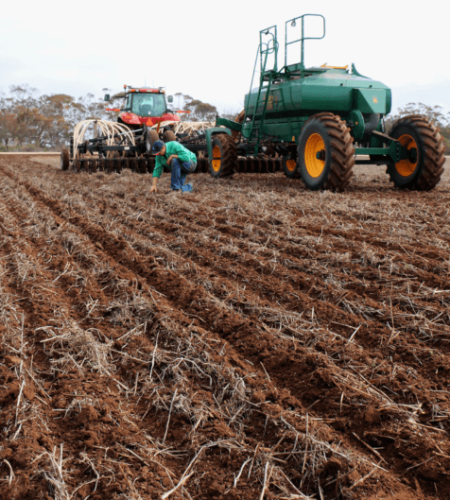Key Points
Mapping, review and assessment of Decision Support Systems (DSS), models and data relevant to improving the performance of agricultural soils in Australia was completed.
Developmental pathways of models and DSS that have successfully outlived their initial research projects and have effected industry were analysed.
Recommendations were delivered on how a DSS developed through the Soil CRC can build on past research and continue to be effective well beyond the life of the Soil CRC.
The Challenge
The suite of DSS, models and data used for improving the performance of agricultural soils in Australia is extremely diverse and as yet has not been systematically reviewed. Alongside this is a challenge as to how DSS and models that are the products of research projects can continue to be maintained and developed beyond the life of the projects so they will have a significant long term impact. Both these knowledge gaps and challenges need to be overcome if the Soil CRC is to create DSS that will have an impact and leave a legacy after the CRC.
The Opportunity
The results of the project will be useful for any Soil CRC program that is developing tools and models ensuring they are not repeating past developments. The farmer survey results provide information to help better understand the market challenges as well as the analysis of development pathways to ensure efficiency and longevity beyond the life of the Soil CRC.
Our Research
This project consisted of several desktop reviews along with industry engagement activities as outlined below.
Desktop Model Review
A total of 58 tools were reviewed. To be included in the review the tool had to be more than a data set (i.e. it had to provide analytics) in soil management for Australian agriculture. Tools could range in complexity from technical notes and extension material through to research models. The review summarised the roles and functions of each of the tools and assessed a range of aspects of the models under the broad topics of science quality, application and scope, user experience, platforms and freedom to operate.
Desktop Data Review
Public and private data repositories that relate to soils data and management that could be useful in tool and model development in the Soil CRC were reviewed. This review broadly identified the type and scale of the data stored along with scope of the data, the access level of the data and the potential cost to access the datasets.
Farmer Survey and Focus Groups
These were used to:
- assess farmers’ attitudes to decision support tools
- identify the strengths and weaknesses in the tools they have used
- identify the data they access or collect that could be used as data feeds for tools and
- to begin to identify future development needs to ensure adoption
Soil constraint maps for each focus group region were provided.
Development Pathways and Tool Longevity
The tools, Yield Prophet and APSIM, were examined to identify potential development pathways that can lead to longevity.
Findings
- Soil nitrogen and water constraints are already well represented and therefore it is necessary to look beyond these.
- Farmers’ primary consideration is the economic aspects of addressing soil constraints so model outputs need to consider this.
- End-user trust in the tool is vital.
- Apps must be simply designed.
- Tools will need to access data stored on farm computers and public and private repositories.
- It is important to utilise existing models with strong institutional support to ensure longevity.
Next Steps
This review forms a solid foundation from which the Soil CRC can develop its own tools. The next step is to commence model and tool development projects.

